Yesterday Delta Waterfowl and Ducks Unlimited released the 2019 Waterfowl Breeding Population and Habitat Survey numbers. This is a report that us duck hunters look forward to seeing each and every year. To some folks it is almost as anticipated as opening day. I know I for one look forward to it because it seems to give a snapshot of we can expect for the upcoming season.
As I take a quick glance at the numbers I see that overall we are down 6 percent from last year which is in itself a bummer. Why would I say that? We are coming off of one of the poorest seasons in recent history in the southern end of the Mississippi flyway. One would think, we didn’t harvest many last year so that means there should have been that many more that returned to nest and breed. I mean it only makes sense. The thing that these numbers show us is what we nerds have known all along. Hunting doesn’t play a huge role in waterfowl mortality and survival. Some folks will say that the increase in number of hunters play a role in the numbers being down. That couldn’t be more false. The number of federal duck stamps sold continues to decline year after year. They are down over 200K in the last five years. That fact right there should be concerning to all of us as hunters. We are doing a poor job recruiting and keeping duck hunters involved.
The limiting factor is and always will be habitat. The fact that the number is down alarms me because that means somewhere along the line habitat has been forgotten about. Is it the boom in agriculture? Is it the watering down of the farm bill? Is it a change in weather patterns? Is it an increase in predators? There is no one magic bullet. All of these factors combine to the benefit and also the demise of our duck numbers.
Now let us look at the individual numbers. Mallards are up 2% from last year which is a positive. It is still down from 2 and 3 years ago but I will take an increase any which way I can. Gadwall are up 13% over the previous year which is a great thing for us southern states. There is no duck I love/hate more than a gadwall. Green winged teal are up 4 from last year and that’s also a great thing for us southern boys. A bummer to me was the fact that blue wings are down 16 percent along with their shoveler cousin being down 13 percent. Pintail remained relatively steady with a small decrease.
My outlook for the season is very optimistic even with a decrease in overall numbers. I say this because I think with the Midwest being so wet that some ducks may have stopped a little short of the traditional survey ranges and nested. I also wouldn’t be surprised if some pushed a little west with favorable conditions out that way. With prairie Canada being below average some of those birds that traditionally nest there most likely kept going or retreated to do their business. Here is to hoping for a cold dry winter here in the South!
p.p1 {margin: 0.0px 0.0px 0.0px 0.0px; font: 12.0px 'Trebuchet MS'; color: #000000; min-height: 14.0px} p.p2 {margin: 0.0px 0.0px 0.0px 0.0px; font: 12.0px 'Trebuchet MS'; color: #000000} p.p3 {margin: 0.0px 0.0px 0.0px 0.0px; text-indent: 36.0px; font: 12.0px 'Trebuchet MS'; color: #000000} p.p4 {margin: 0.0px 0.0px 0.0px 0.0px; text-indent: 36.0px; font: 12.0px 'Trebuchet MS'; color: #000000; min-height: 14.0px} span.s1 {font-kerning: none} span.Apple-tab-span {white-space:pre} To view the complete 2018 Waterfowl Population Status Report, click here.

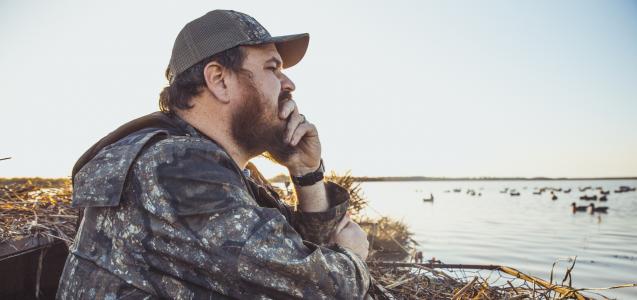

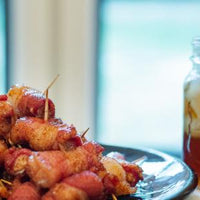


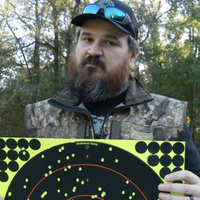

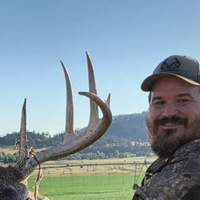
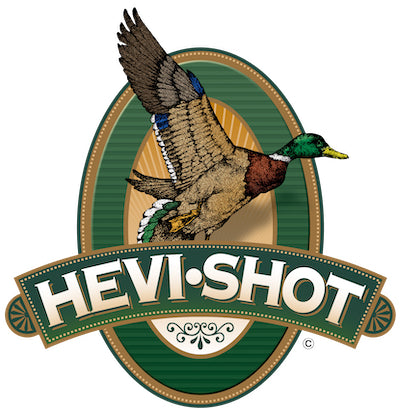
0 comments